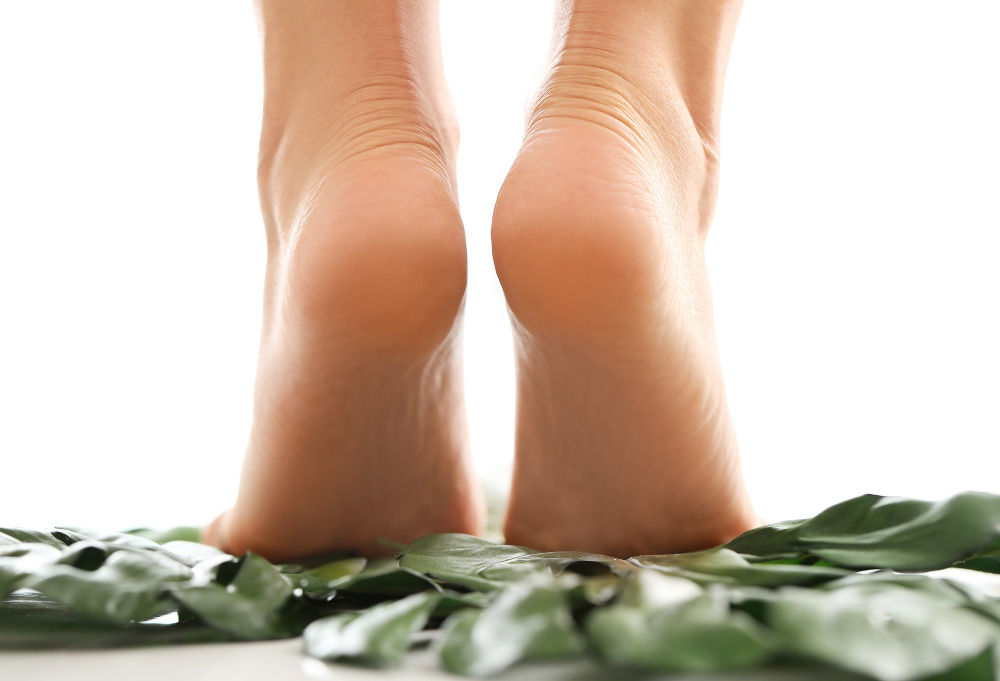How many times do you get a corn or a bunion? Is this number directly related to the number of times you wear your adorable but ridiculously uncomfortable stiletto heels? Do you know what makes your feet tick? We are going to tell you all about foot health.
Bunions occur at the base of the large toe, often distorting the look of the foot. The bunion pushes the big toe toward the other toes on the foot and causes pain. Corns also develop on the feet, and consist of hard layers of skin that form a cone shape, with inflamed skin surrounding the layers. Corns may cause discomfort when pressed and tend to develop in areas of the foot that do not bear weight.
Pretty Shoes and Their Rough Edges
The bottom line is; avoid shoes that are too tight or ill-fitting if you want to stay away from any foot problems. Tight shoes may cause bunions and corns. Shoes that are too narrow cause friction and compress the bones of the foot, causing corns. Distorting the position of the large toe causes the deformity of the joint where the big toe joins the foot. Most high heeled shoes are risk factors of developing unsightly corns and bunions. For the sake of foot health, heels should be no higher than one inch.
If you already have a bunion, wearing shoes with ample toe space helps decrease the pain caused by it. A callous over the bunion will be formed in prolonged use of ill-fitting shoes due to additional friction between the bunion and shoe.
Wear Socks with Shoes
This may seem like an obvious fact, but often goes unpractised; always pad your feet with socks before wearing shoes. Wearing shoes without socks put your feet at high risk of developing corns. The socks function as a go-between, absorbing friction between the foot and shoe. Without the cushion of the sock, the shoe may rub the toes to cause a corn. Also bear in mind that you should throw out socks that are too loose or too tight as they lose their effectiveness if they are ill-fitting.
Heredity
Unfortunately, heredity sometimes plays a part in this. The structure of one’s feet can affect one’s likelihood of developing bunions. Hence, some feet are just naturally more prone to developing bunions simply due to heredity. However, one can avoid wearing uncomfortable shoes and make the necessary preventive measures such as wearing socks to stay away from annoying bunions.
Occupational Hazard
Individuals with specific occupations have an increased risk of developing bunions because of stress placed on the feet. People in occupations such as teaching and nursing, which involve a lot of standing and walking, are susceptible to bunions. Ballet dancers, whose dance routines often put their feet in severe repetitive stress, too often suffer from developing bunions. Additionally, if pregnancy is an occupation, full-time mothers also suffer from bunions and other foot problems during pregnancy as hormonal changes loosen the ligaments and flatten the feet.
Damage Control
By the time you read this article, you may already have developed bunions; hence you will need to do damage control before your condition worsens. A moleskin or gel-filled pad may do the trick and they are easily available at drugstores. But please do make sure that your shoes have enough space to accommodate it. Alternatively, when the bunion is irritated and painful, warm soaks and ice packs can help relief discomfort. For more severe pain, non-steroidal anti-inflammatory drugs such as aspirin or ibuprofen may help. Should all else fail, you should see a physician before it gets worse.
Credits: Livestrong.com, Harvard Health Publications


